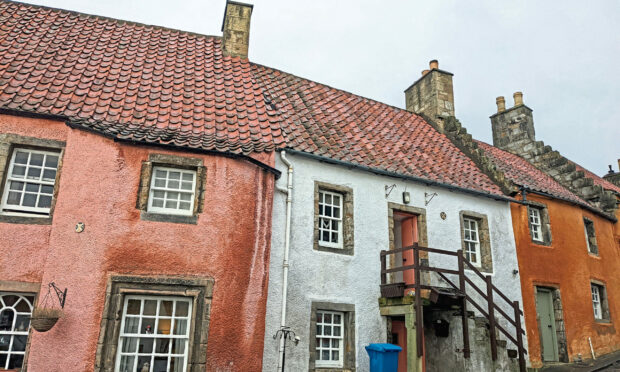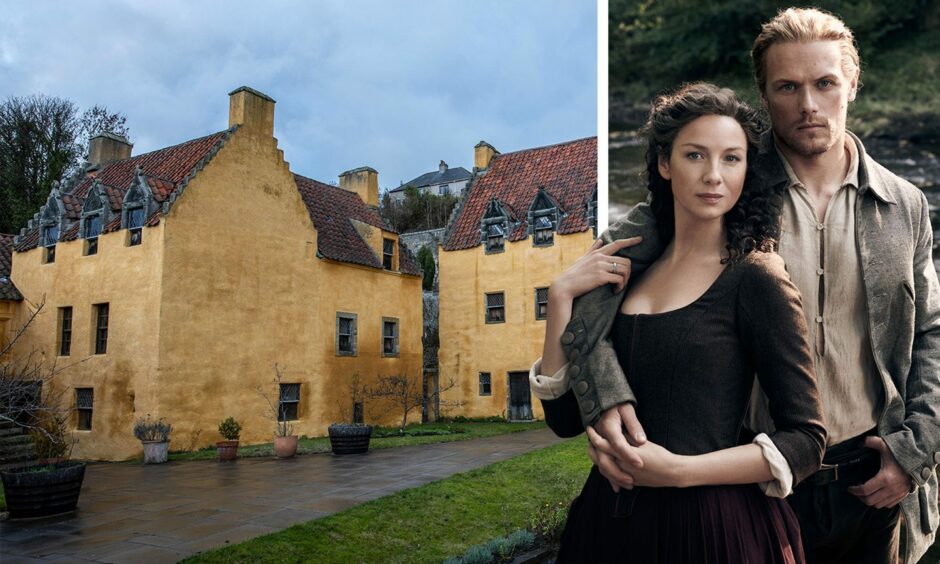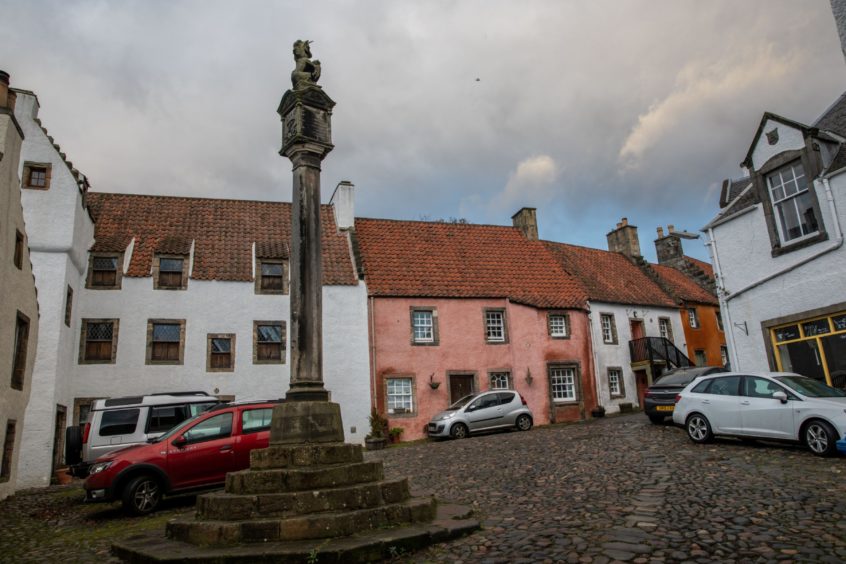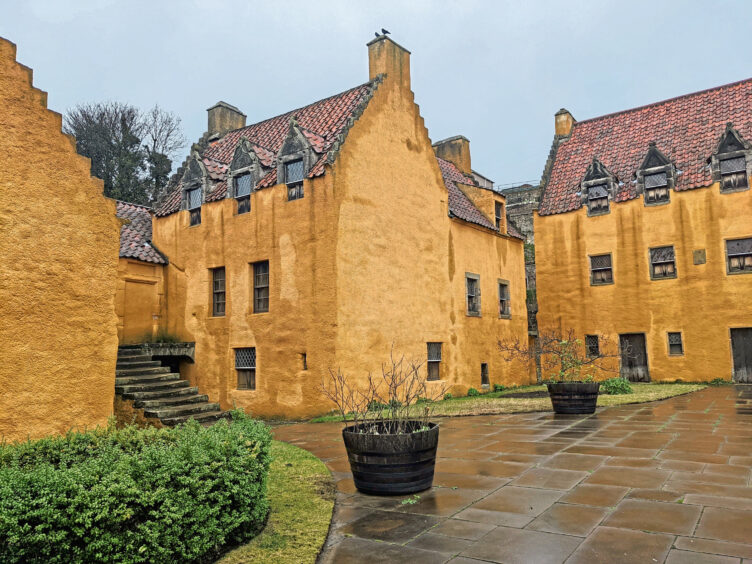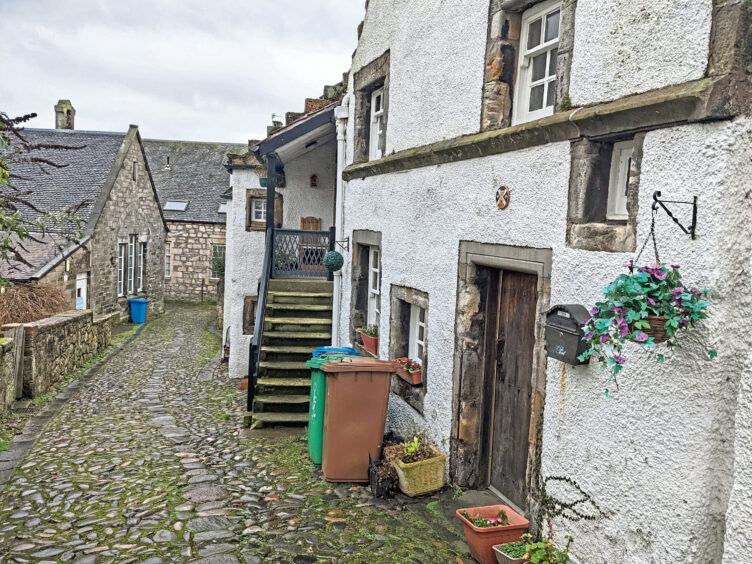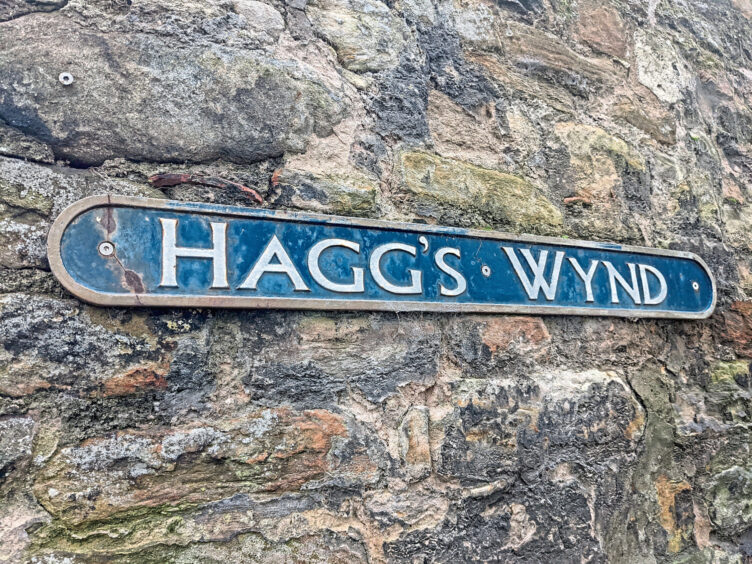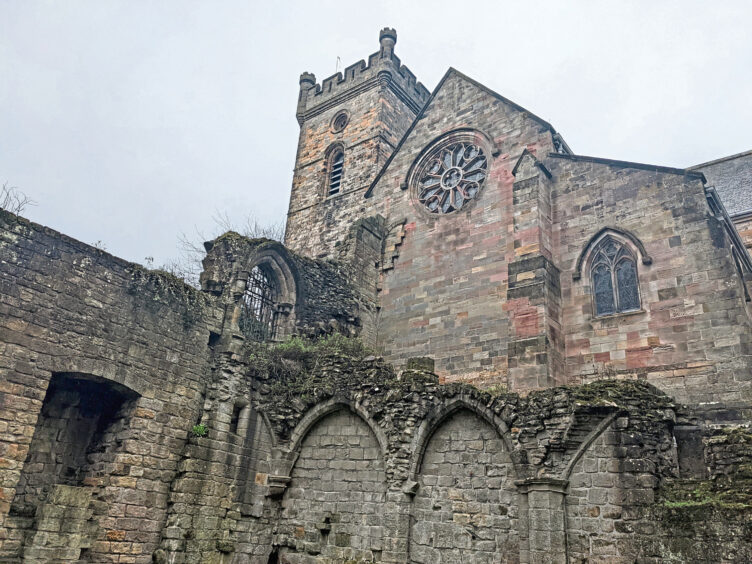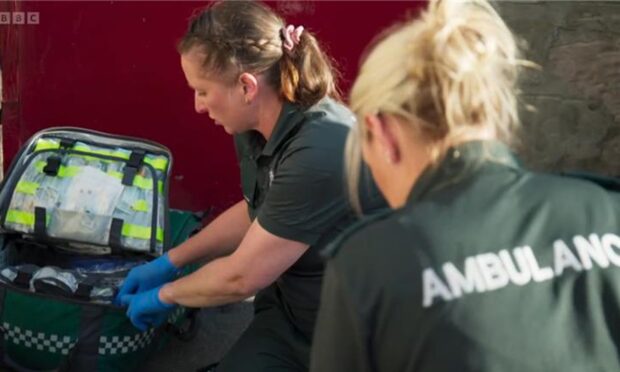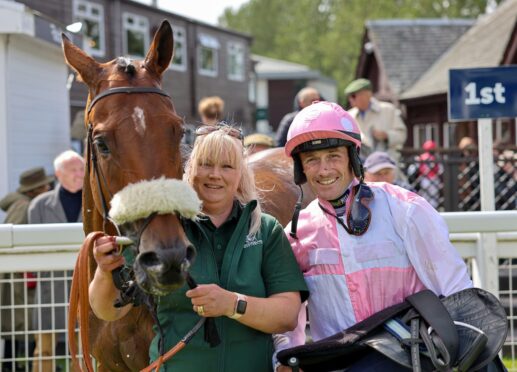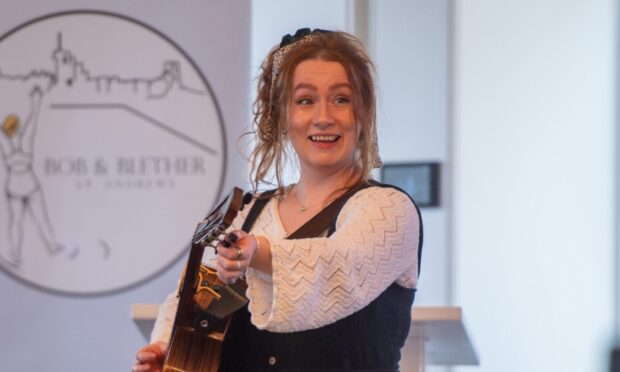Outlander film locations in Fife are prepping for an influx of visitors as the historical drama announced its eighth series will be its last.
Steep, cobbled streets, white-harled houses with red-tiled roofs, and an ochre-coloured palace – it’s little wonder Culross is renowned as one of the prettiest villages in Scotland.
It’s often used as a film and TV location, and perhaps, most famously, as a set for the hit historical drama Outlander starring Sam Heughan and Caitriona Balfe.
With the announcement that Outlander’s eighth series will be its last, Culross is preparing to be, once again, heavily deluged by tourists.
Fans from across the globe have flocked to the village – which was transformed into the fictional Cranesmuir – since the show first aired in 2014.
Quaint
Its quaint historic square and surrounding buildings are instantly recognisable to Outlander aficionados.
The village also served as a backdrop to a Jacobite encampment and featured as the location of Claire Fraser’s herb garden.
The Mercat Cross was used in many scenes, and it’s where flame-haired herbalist Geillis Duncan, wrongfully accused of witchcraft, is hanged, plus there’s a grisly scene in which a young boy’s ear is nailed to a pillory.
Painted blue
The buildings around the square were painted blue for filming and “The Study” house, built in 1610 for a wealthy Culross merchant, was Geillis’s home. Nearby, Culross West Kirk stood in for the creepy Black Kirk.
In 2021, the village’s Red Lion pub was saved from closure when Outlander fans contributed to an online fundraiser that paved the way for a community buyout.The fact the show’s stars Sam and Caitriona had been photographed drinking in the pub worked wonders for the appeal.
Filming got under way in October last year, and while no official release date has been confirmed, there’s speculation it will start airing in the summer.
Time to explore
I’d never been to Culross until a recent long weekend took me in the direction of the former royal burgh and parish.
It was a dark, gloomy, January afternoon when I rocked up and I was instantly cheered by the gorgeous contrast of colours – many houses are painted mustard yellow, pink and white – and there’s a plethora of “showpiece” buildings.
Wandering round aimlessly is a brilliant way to soak up the atmosphere. It’s like stepping back in history – Culross is something of a 16th Century time capsule.
This is largely down to the National Trust of Scotland having cared for the traditional buildings since acquiring Culross Palace in 1932.
The Trust now cares for 27 residential homes, and its job is to ensure that the historic exteriors are preserved to retain the character of the village, while the interiors are modern places to live that serve the community.
Without the NTS, these homes may have been lost to development or the ravages of time.
Must-see list
A stroll around the centre, a meander up and down random cobbled streets, and a visit to the 1597 palace, with its original mustard yellow render and wooden shutters, should be on your must-see list.
It’s also worth checking out the gorgeous “hanging gardens” which boast an orchard teeming with everything from mulberries and apples to herbs in season – and you might even spot a roaming community of Scots Dumpy hens.
Another showpiece worthy of exploration is the 1626 Town House, also known as the Tolbooth, with its 1783 tower.
There are myriad narrow cobbled wynds and causeways in which to lose yourself, but keep your eyes peeled for Hagg’s Wynd – previously called “Stinking Wynd”!
Culross Abbey
The ruins of Culross Abbey, built in 1217 by Malcolm, Earl of Fife, are also fascinating. I climbed a rather perilous metal staircase to reach the vaulted remains of the monks’ refectory, but those with no head for heights may be better off inspecting it from the ground.
Believed to have been founded by St Serf in the sixth century and thought to be the birthplace of St Mungo, Culross is a historic and sacred place. As a royal burgh and port, it prospered exporting coal and salt across northern Europe.
Merchant Sir George Bruce – resident of the palace – established a coal mine in 1575 and a Moat Pit in 1595, making Culross the first mine in the world to extend under the sea. Other key industries included salt panning and the production of baking girdles.
During the 17th Century, Culross earned a cruel reputation for dealing with witchcraft, hosting trials and executions galore.
Fortunes declined
The village’s fortunes declined through the 1800s, leaving, by 1900, “a decayed royal burgh containing many old houses”.
By the 1930s the world started to realise the significance of the architectural heritage, and the NTS has been working to restore and preserve it for future generations ever since.
Outlander film sets
The Fife villages of Falkland, Dysart and Aberdour have also been used as Outlander film sets, while 19th Century herring boat The Reaper – which appeared in the Dysart episodes – is based in Anstruther.
As well as Outlander, the village has had starring roles in Kidnapped, The 39 Steps and Captain America.
